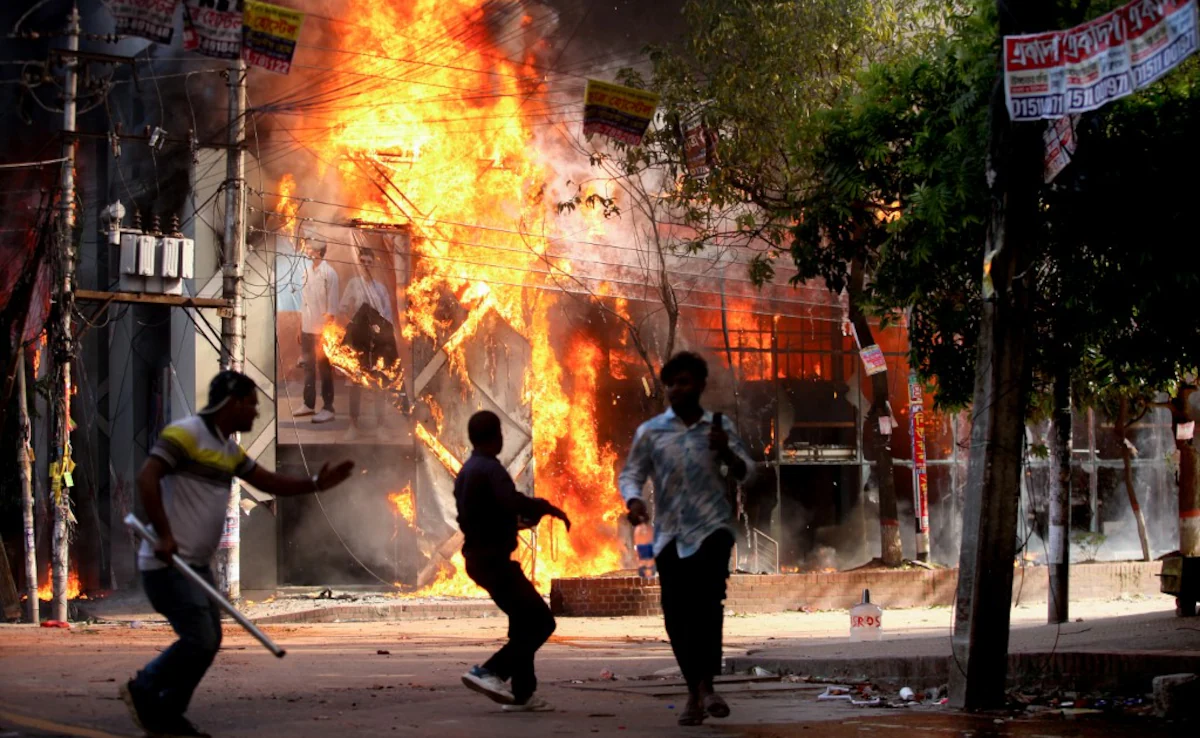Bangladesh Prime Minister Sheikh Hasina resigned and fled the country on Monday August 6 amid escalating violence and mass protests.
Her departure follows weeks of deadly demonstrations, including a storming of her official residence by protesters defying a military curfew.
In a national address, Army Chief General Waker-Uz-Zaman announced the formation of an interim government to take over Bangladesh.
Her resignation followed weeks of intense protests that resulted in around 300 deaths. A night of severe violence on Sunday August 5 claimed nearly 100 lives and prompted the imposition of a curfew.
Nationwide protests erupted a month ago following a Bangladesh High Court ruling that aimed to reinstate a quota system, reserving 30 percent of government jobs for descendants of veterans from the 1971 independence war.
The protests, led primarily by students who viewed the quota as unfair, faced violent suppression from authorities over several weeks. The crackdown resulted in the deaths of over 200 protesters last month.
These fatalities sparked further demonstrations demanding justice and the resignation of Prime Minister Sheikh Hasina, who has been in power since 2009, with a previous term from 1996 to 2001.
Her party, the Awami League, which emerged from the independence movement, has consolidated its power in recent years, winning four consecutive general elections. The latest election in January saw a boycott by the opposition and a notably low voter turnout.







Comments (0)